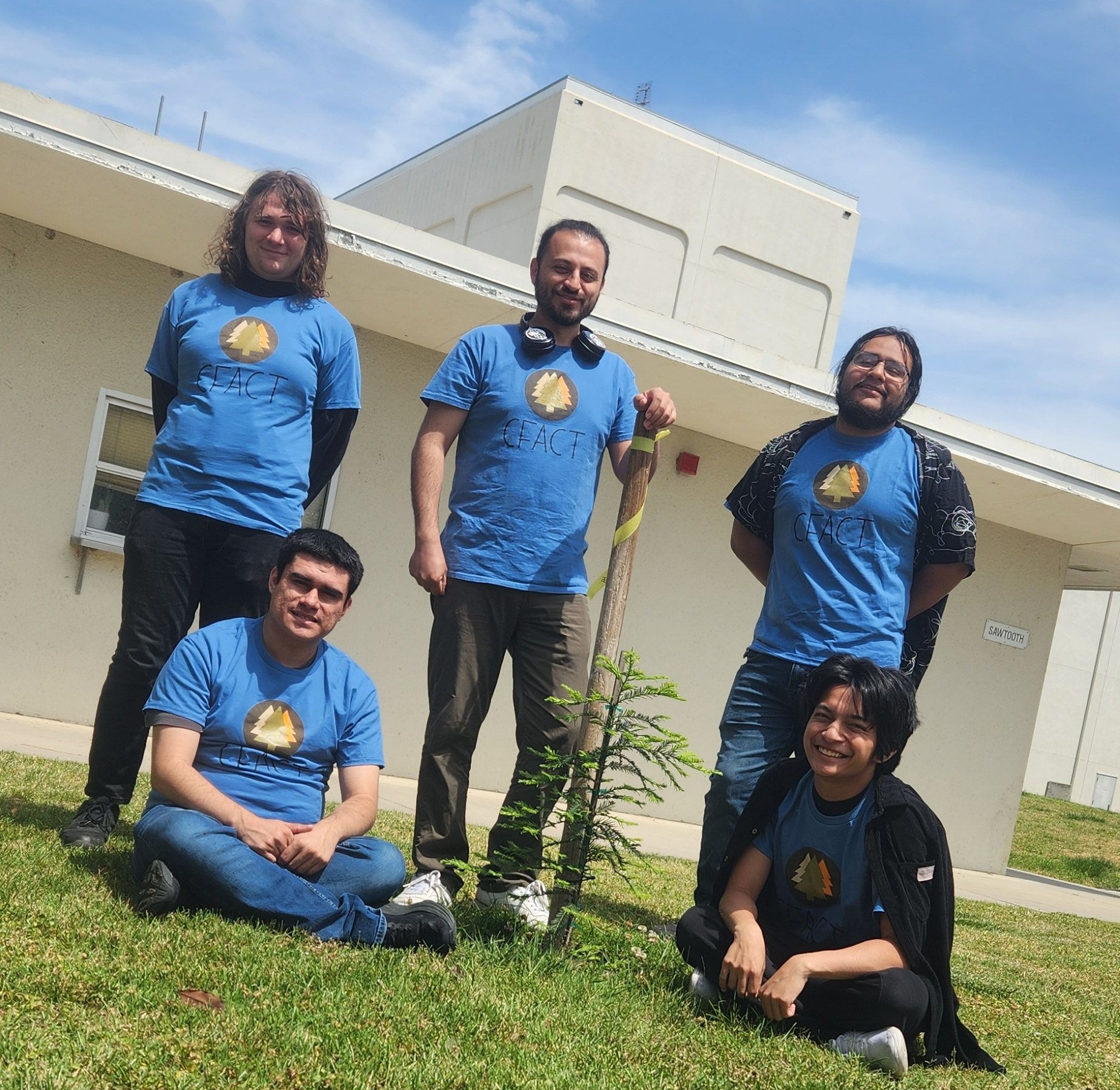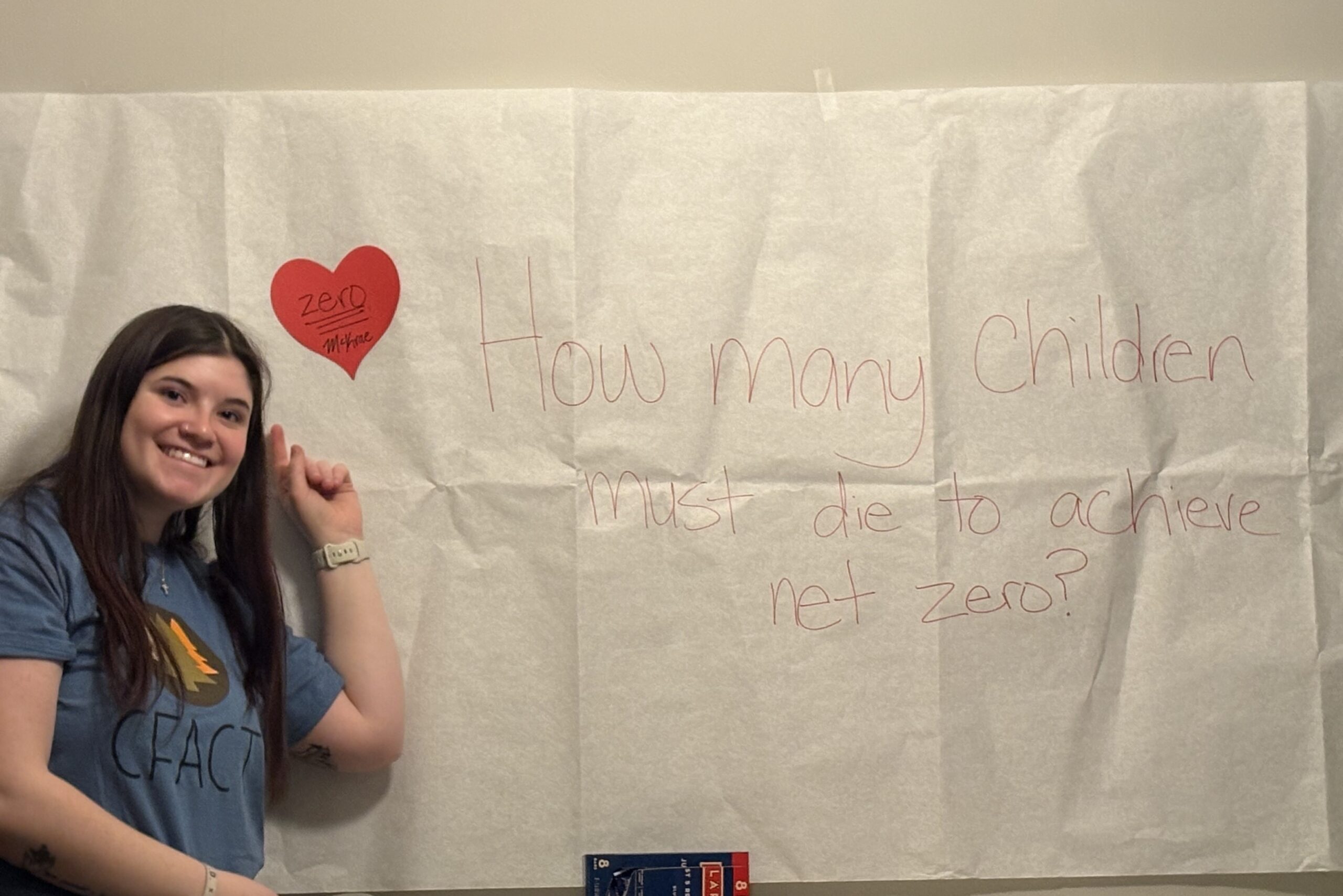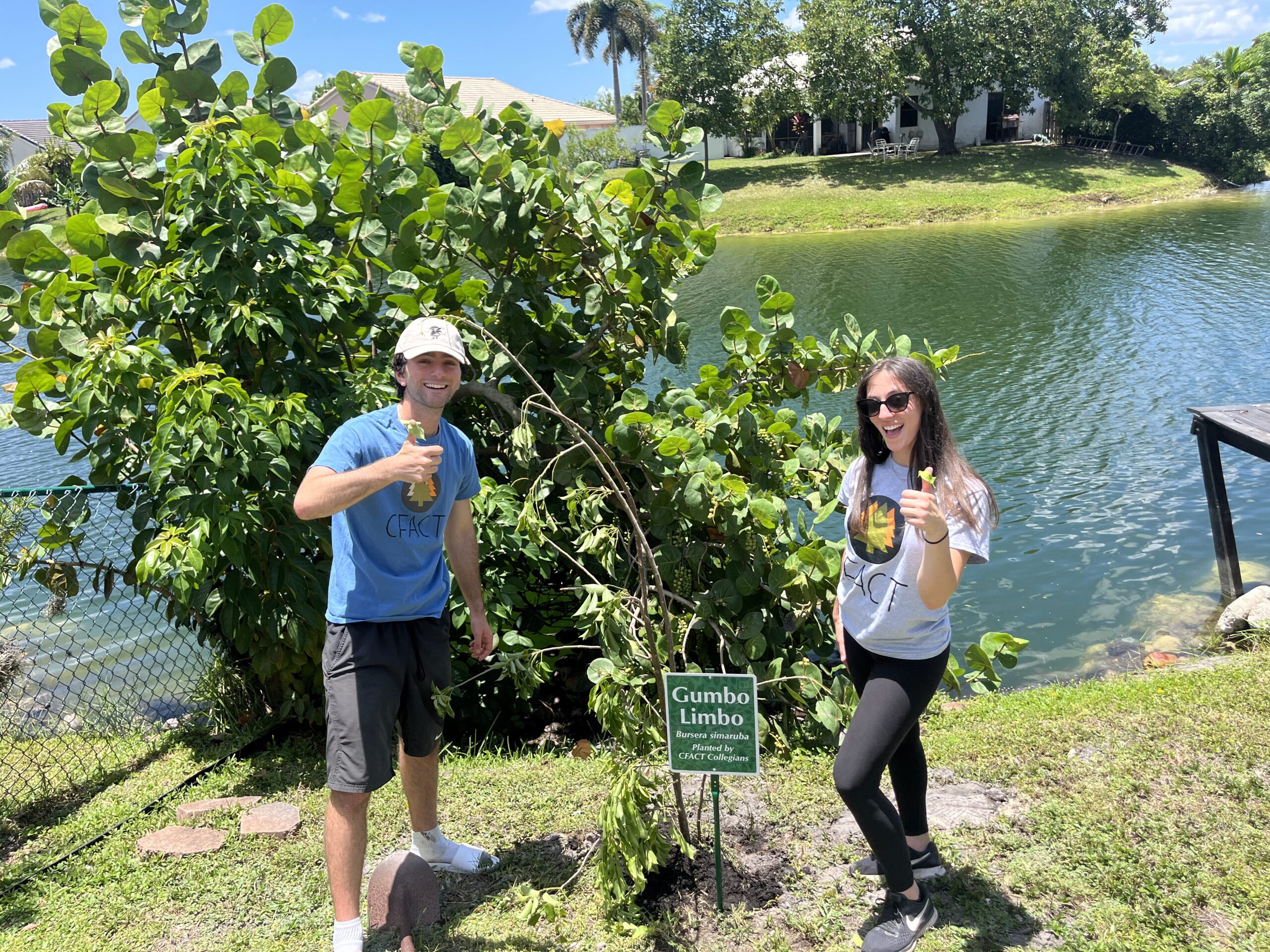On a bright and hopeful morning this April, students at the College of the Sequoias took another step toward practical environmental stewardship by planting a California Coastal Redwood sapling on campus—an effort designed not just to beautify the grounds, but to strengthen local ecosystems and support indigenous wildlife.
The tree planting ceremony, held on April 21, was led by CFACT collegian Ricardo Garcia and members of the campus “Gaming Den” club. While the groundskeeping crew played a key support role, they graciously declined to join in for a photo, instead offering words of encouragement and appreciation for CFACT’s leadership on the project.
“The planning process gave me a firsthand look at what it takes to work with college administration and make real changes on campus,” Garcia said. “But more importantly, it was an opportunity to plant something that benefits both students and the native species that call this campus home.”
The California Coastal Redwood was chosen not only for its longevity and beauty, but also for its ecological benefits. Native to the western United States, this tree provides critical habitat for indigenous fauna—from nesting birds to small mammals and beneficial insects. As it matures, the redwood will offer shade, soil stability, and shelter for countless organisms, supporting a thriving, biodiverse environment in the heart of campus.
CFACT’s focus on indigenous species reflects its broader mission: to advance sensible environmental policies grounded in science, conservation, and personal responsibility. Rather than chasing flashy climate campaigns, students are encouraged to take meaningful action that promotes symbiotic coexistence with nature and honors the region’s natural heritage.
This event is just one of many ways CFACT chapters across the country are engaging students in environmental solutions that support both people and planet. By restoring native plant life and enhancing wildlife habitats, CFACT is proving that real conservation begins with local action—and a shovel in the soil.



